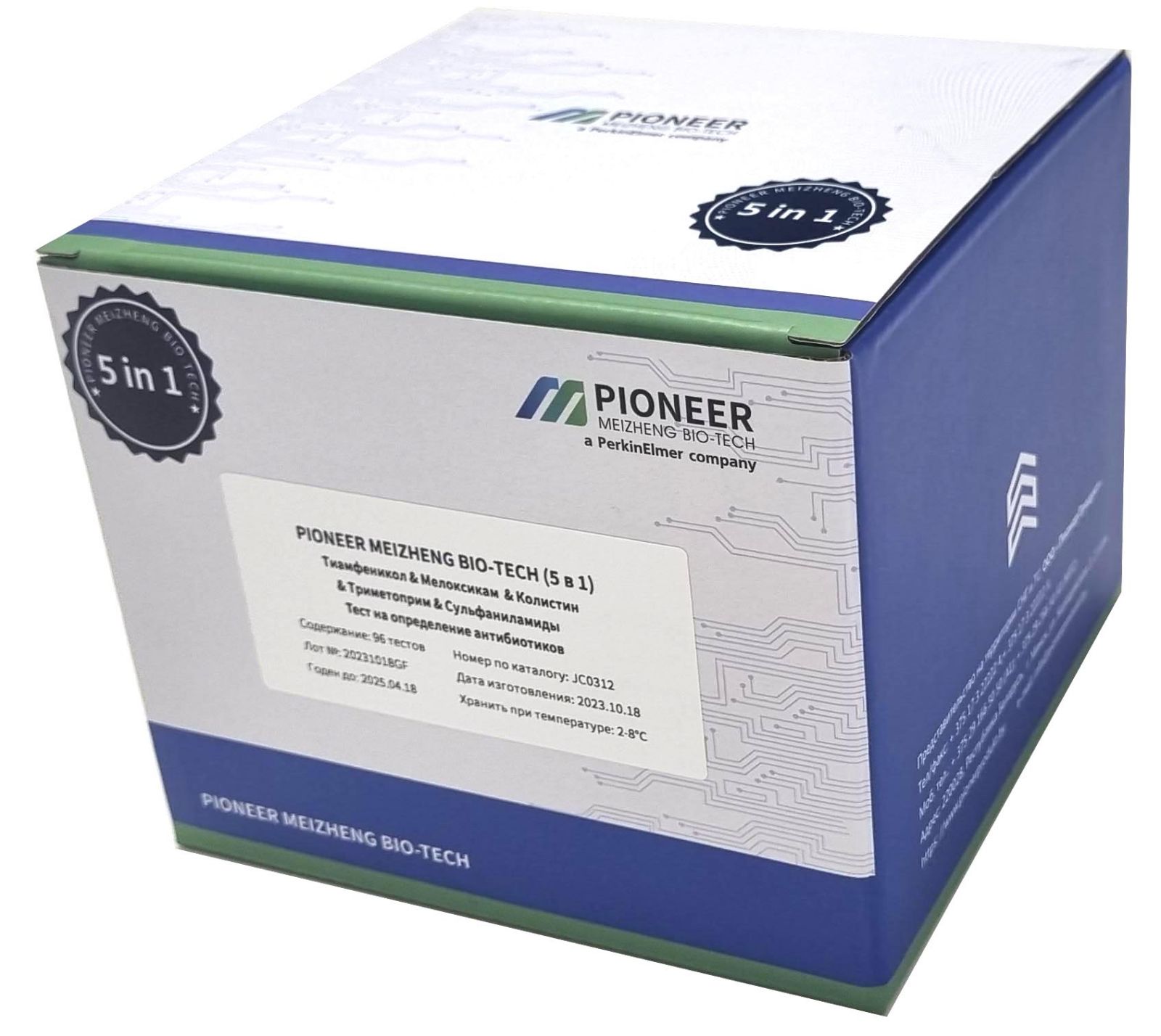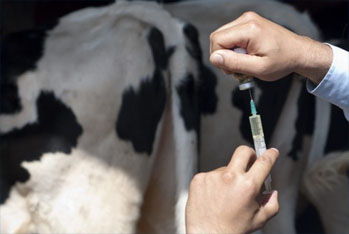After intensive crop production, cattle are needed to save the earth

Manure improves soil and microbial community
We usually think of healthy soil as moist and loose with lots of organic matter. But if the land is in an arid climate, how quickly does the addition of manure take effect, and is it even beneficial?
These questions were answered by members of the American Soil Society who traveled to the drylands of Texas to test manure as a top dressing.
“We know that establishing perennial cattle pastures can help protect and restore soil in semi-arid lands that have been eroded and degraded by intensive farming,” says Lindsey Slaughter, Fellow of the American Society of Soil Science.
Slaughter describes soil HEALTH as the ability of a living soil ecosystem to perform many important functions. These include nutrient cycling, water storage and purification, helping plants and animals, and more.
This "living" part consists of various microorganisms involved in the matter. They break down the same manure, for example, so that it and the nutrients it contains become part of the soil.
“The addition of manure can provide more material to be incorporated into soil organic matter, creating a stronger foundation for more microbial activity and nutrient cycling,” explains Slaughter.
In their study, the scientists applied a small amount of manure to two types of plots: either grass that was fertilized occasionally, or a mixture of grass and legumes without fertilization.
Overall, they found that manure helps increase soil organic carbon and soil microbial counts, two important characteristics of healthy soil.
It took almost a year and a half to see the changes, although the researchers say this is not surprising.
“This tells us that even a small amount of added compost can take a long time to incorporate into the soil organic matter of semi-arid grasslands, but practice definitely helps,” Slaughter explains.
“We think that specifically here, due to the arid climate in the study area, where there is little annual rainfall, the microbial community could not work quickly and efficiently and was forced to decompose manure without water. However, we have received confirmation that microbes help to directly release nutrients from organic material in a form that plants can use, and also decompose these residues to create soil organic matter. And this is a way to improve farming systems,” she added.
The next steps in this work involve answering the question, would more manure or multiple applications be better? Will irrigation or nitrogen fertilizer additions speed up the process?
“We need more research for a strategy to rapidly improve soil health. This helps farmers save money on nutrients and supplements, conserves water and protects against soil degradation,” she concluded.
Read together with it:
- Отказ владельцев личных подсобных хозяйств от вакцинации животных вызывает беспокойствоВ ответ на эти обращения инспекторы провели 46 контрольных мероприятий, включая выездные проверки. В результате было выдано 318 предупреждений о недопустимости нарушений ветеринарного законодательства. В Россельхознадзоре отметили, что предостережения дают владельцам возможность устранить нарушения без финансовых санкций. Однако в случае повторного отказа могут быть инициированы административные д...
- Leading veterinary organizations worldwide unite to promote responsible use of antimicrobialsThe American Veterinary Medical Association (AVMA), the Federation of Veterinarians in Europe (FVE), and the Canadian Veterinary Medical Association (CVMA), which collectively represent more than 400,000 veterinarians worldwide, released two “historic” joint statements on Tuesday, November 18, reaffirming their shared commitment to the responsible use of antimicrobials and the global fight against...
- Sustainable growth in pig farming: Verdazernoprodukt LLC plans to increase pork production to 44,000 tons by 2025The company's primary focus is on breeding purebred pigs. This year, 3,221 pigs were sold, including Landrace, Large White, and L65 terminal breeds, which are renowned for their high productivity and MEAT quality. The company breeds elite piglets on its own full-cycle pig farm, which allows it to control all stages of production and ensure high product quality. Irina Leonova, DIRECTOR of Verdazern...
- How is the goat sausage that Lukashenko praised made? We reveal the secrets of the production process.Video screenshot. Topic news. The best motivation for any business is grateful reviews from its customers. And if your products are praised by the HEAD of state, it also comes with a great deal of responsibility. Now you are responsible for the quality of your goods to the consumer, practically at the national level. In July 2......
- Stress in livestock: How housing conditions affect their health and productivityFor example, early separation of calves from their mothers causes a sharp surge in cortisol, which weakens the immune system and increases vulnerability to disease. The article also emphasizes that improper milking and housing practices can cause chronic stress and reduced productivity. Furthermore, the problem of lameness in cows is considered a consequence of living conditions, which can be impr...
- Роспотребнадзор подводит итоги контроля мясной продукции в Тамбовской области за 2025 годПоложительные аспекты: Не было выявлено нарушений санитарно-химических показателей, присутствия патогенных микроорганизмов, ГМО, паразитов, антибиотиков и радиационного загрязнения. Проблемные моменты: Отмечается ухудшение по физико-химическим показателям — 5,88% образцов не соответствует стандартам, по сравнению с 1,5% в 2......
- New BoviRes-RSVI vaccine for early immunization of calves: A breakthrough in veterinary scienceOne of the vaccine's key advantages is its optimized immunization schedule. Research confirms that colostral antibody levels in calves begin to decline as early as 21 days after birth. Traditional vaccination schedules do not always ensure rapid development of post-vaccination antibodies, increasing the risk of disease during this critical period. Alexander Kononov, HEAD of the Biotechnology Labor...






















































